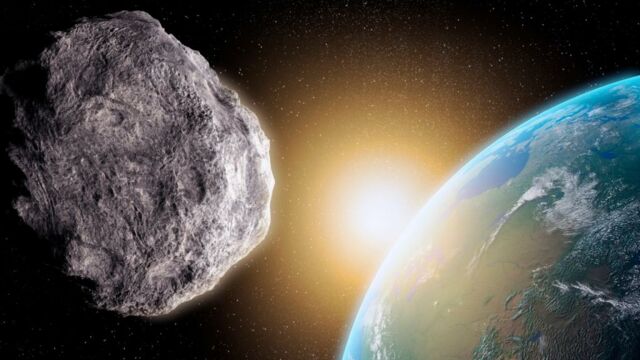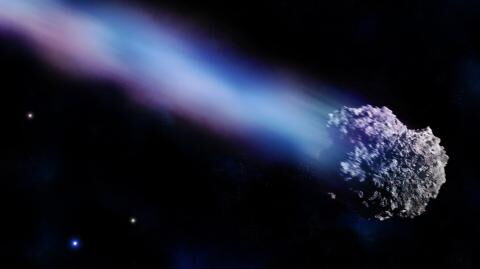While we live our lives peacefully as earthlings, in the cosmos, celestial objects drift by and are sometimes attracted to our planet. It is estimated that every day the Earth is hit by more than 200 meteorites. As much to say that it is a banal event, but sometimes, much bigger rocks approach us, as is the case now...
Discover our latest podcast
2018 FE3
2018 FE3 is the name of the asteroid that should pass 'close' to the earth this Tuesday 21 March. 'Close', because in astronomy, the scales are not the same: we do not count in centimetres but rather in millions of kilometres.
According to NASA, 2018 FE3, therefore, is an Apollo asteroid. In other words, an asteroid that crosses the Earth's orbit. The space agency estimates its size at 40 feet, or 12 meters. 2018 FE3 is about the size of a bus. But is it dangerous for us?
Read more:
⋙ ‘Never-before-seen’ crystals found in meteorite that exploded on Earth
The #NearEarthObject#NEO (2018 FE3) is flying by at a distance of around 3,900,000 km (which is 10 Lunar Distances) although the estimated distance and time of flyby are both quite uncertain. It is travelling past at a speed of about 5.4 km/s. pic.twitter.com/Dn2ivH0DLq
— Near Earth Object close approach (@flybyneo) March 21, 2023
A relative proximity
Rest assured, this asteroid with the barbaric name will not ruin your week by causing a mass extinction worthy of a Hollywood blockbuster. NASA is tracking it, but the space agency is reassuring that the asteroid will not come closer than 2.4 million kilometres!
For information, NASA proudly indicated that it was able to protect us from asteroids, after having successfully completed the DART mission. This mission consisted in sending a spacecraft at full speed against an asteroid in order to deflect it from its trajectory.
So, if by chance, one of these threatening celestial objects were to come too close, we would not need to send astronauts on a suicide mission!
This article has been translated from Gentside DE.
Sources used:
NASA: 'Next Five Asteroid Approaches'















